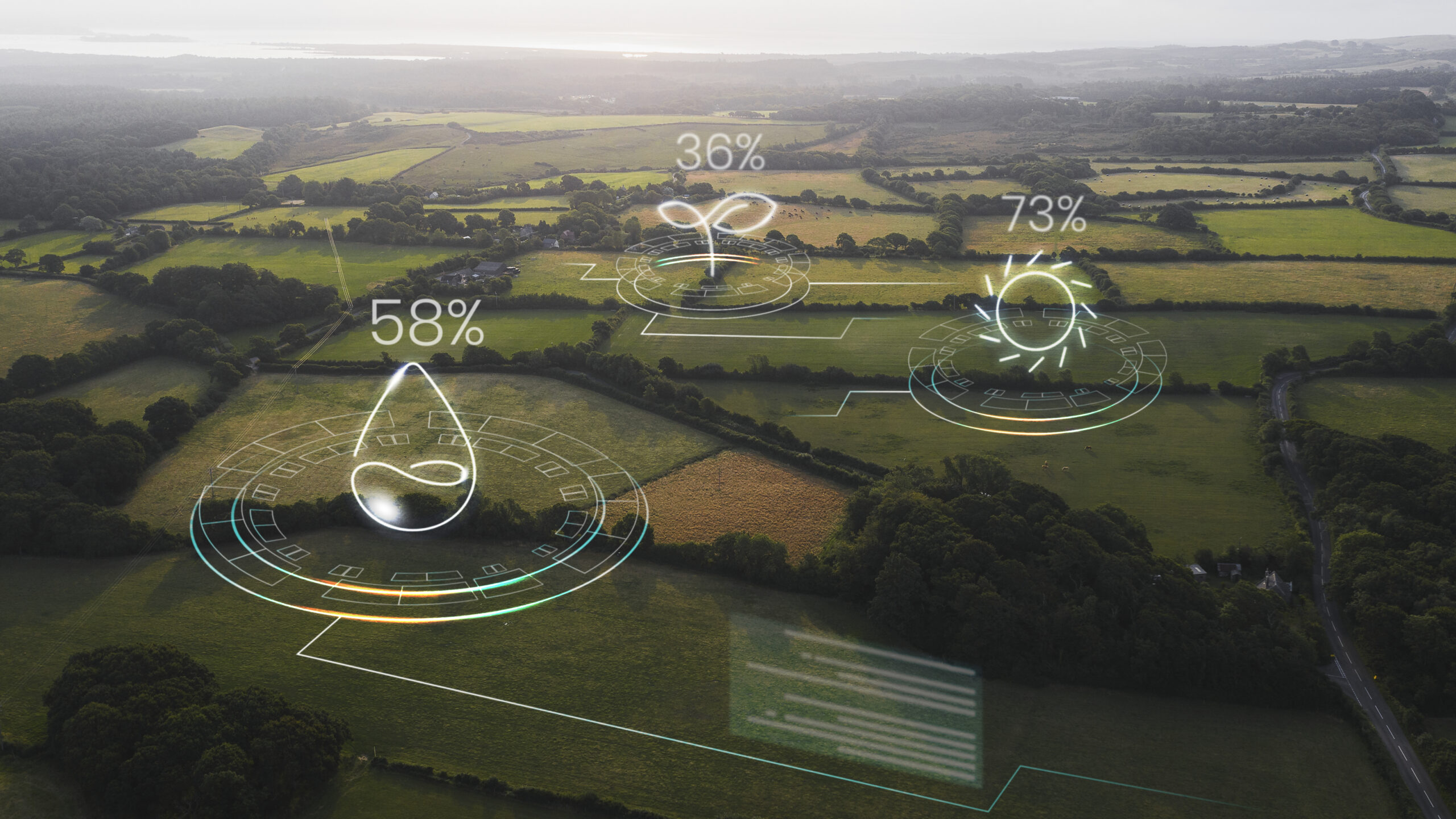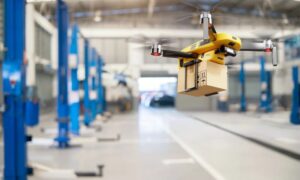In 2025, artificial intelligence (AI) is no longer just revolutionizing crop farming—it’s taking livestock management to the next level. Across the globe, farmers are leveraging AI technologies to monitor animal health, streamline feeding, enhance breeding outcomes, and boost productivity. The result? Smarter, healthier herds and a more sustainable livestock industry that meets the growing global demand for meat and dairy.
From cattle ranches in the American Midwest to sheep farms in the UK countryside, AI in livestock management is redefining what’s possible.
Why Livestock Management Needs AI
With growing pressure on the agriculture sector to reduce emissions, cut antibiotic use, and improve animal welfare, AI offers a way forward. Traditional livestock farming often relies on reactive, manual approaches to health and feeding—methods that are increasingly inefficient in today’s fast-moving, data-driven world.
AI enables real-time tracking, predictive health analytics, and automated feeding systems, allowing farmers to make data-informed decisions that keep animals healthier and farms more profitable.
Key Areas Where AI Is Transforming Livestock Farming
1. Animal Health Monitoring
AI systems analyze data from wearable sensors, cameras, and thermal imaging to detect subtle changes in an animal’s behavior, temperature, gait, or appetite. These early indicators often point to illness before symptoms are visible to the human eye.
- Example: An AI tool flags abnormal movement in a cow that’s usually active—signaling a possible infection.
- Benefits: Early intervention reduces mortality, vet costs, and improves animal welfare.
US Review:
Tom R., Nebraska cattle rancher: “Our AI system detected mastitis 24 hours before our manual checks would’ve caught it. It saved the cow—and a lot of money.” ★★★★★
UK Review:
Emily J., Yorkshire sheep farmer: “Using AI-powered collars, I spot lameness and heat stress much earlier. The insight is a game changer.” ★★★★☆
2. Precision Feeding Systems
Feeding systems powered by AI assess each animal’s size, weight, and nutritional needs in real-time. This ensures individualized rations, reducing feed waste and improving growth rates or milk yields.
- Common Brands: Lely Vector, Cainthus Vision Feeding, Allflex SmartFeed
- Benefits: Optimized feed efficiency, healthier animals, higher yields
US User Rating: 4.8/5 — Most US users report up to 12% savings in feed costs
UK User Rating: 4.6/5 — Better tracking, fewer overfeeding issues, and leaner animals
3. AI-Powered Breeding Management
AI tools help identify the optimal window for insemination and predict reproductive success rates using hormonal, behavioral, and historical data.
- AI Cameras & Sensors monitor mating behavior
- Machine Learning Models predict pregnancy outcomes and suggest improvements
Result: Increased conception rates, fewer failed attempts, and more strategic herd growth.
US Testimonial:
Lindsey B., Texas dairy farmer: “Since we introduced AI into our breeding program, we’ve seen a 15% jump in successful pregnancies.” ★★★★★
4. Behavioral Analytics & Welfare Monitoring
AI doesn’t just track illness—it can monitor stress, social interactions, and activity levels to flag unusual behaviors.
- Facial recognition in pigs and cows can detect pain or distress
- AI alerts help adjust environmental conditions like temperature or crowding
A 2025 UK study found that AI-monitored barns had 22% fewer injury incidents than those relying solely on human oversight.
Comparison Table: Top AI Livestock Tools in 2025
| Tool/Technology | Purpose | Notable Brand | US Rating | UK Rating |
| Wearable Health Sensors | Disease detection | Allflex, CowManager | 4.7/5 | 4.6/5 |
| Smart Feeding Systems | Optimized nutrition delivery | Lely, Cainthus | 4.8/5 | 4.6/5 |
| Breeding AI Platforms | Reproductive success prediction | Connecterra, Afimilk | 4.6/5 | 4.5/5 |
| Behavioral Monitoring AI | Stress & welfare tracking | SoundTalks, Armenta | 4.5/5 | 4.4/5 |
| Livestock Facial Recognition | Emotional state analysis | ZELP, VetAI | 4.4/5 | 4.3/5 |
Sustainability Through Smarter Herd Management
AI plays a key role in reducing agriculture’s carbon footprint. Precision feeding lowers methane output, and health monitoring cuts the overuse of antibiotics—helping meet both environmental and regulatory goals.
Additionally, AI helps:
- Reduce livestock loss through early disease detection
- Avoid overgrazing via smart rotational planning
- Improve transparency and traceability in meat and dairy production
Food Security Impact: Healthier, well-managed animals contribute to higher-quality, consistent protein sources, essential for feeding the global population sustainably.
Challenges and Considerations
Despite its promise, AI in livestock farming faces several challenges:
- Cost: High upfront investment in sensors and smart systems
- Connectivity: Rural areas may lack strong broadband or cellular coverage
- Training: Farmers must adapt to new technologies and data literacy
Governments in both the US and UK are now offering agri-tech grants and training programs to support AI adoption.
Expert Tip: Start small—integrate AI in one key area (like feeding or health monitoring) before expanding.
What’s Next in 2025 and Beyond?
The future of AI in animal agriculture is brimming with innovation. Watch for:
- Voice-based animal emotion analysis
- Blockchain + AI for traceable and ethical meat
- Autonomous veterinary drones for herd scanning in large pastures
- Predictive disease modeling across entire regions or ecosystems
AI is becoming not just a tool—but a trusted partner in responsible farming.
Final Thoughts: A New Era of Livestock Intelligence
AI in livestock management is setting a bold new standard for animal care, sustainability, and farm profitability. In 2025, it’s clear that artificial intelligence isn’t about replacing farmers—it’s about amplifying their ability to care for herds more effectively, ethically, and efficiently.
From early disease detection and optimized feeding to stress monitoring and sustainable breeding, the capabilities of AI are empowering a new wave of intelligent agriculture across both the US and UK. This transformation is creating better outcomes for animals, farmers, and consumers alike.
As adoption grows, AI will continue to help farmers balance economic needs with environmental and ethical concerns—proving that technology and tradition can work hand in hand to build a smarter agricultural future.





















